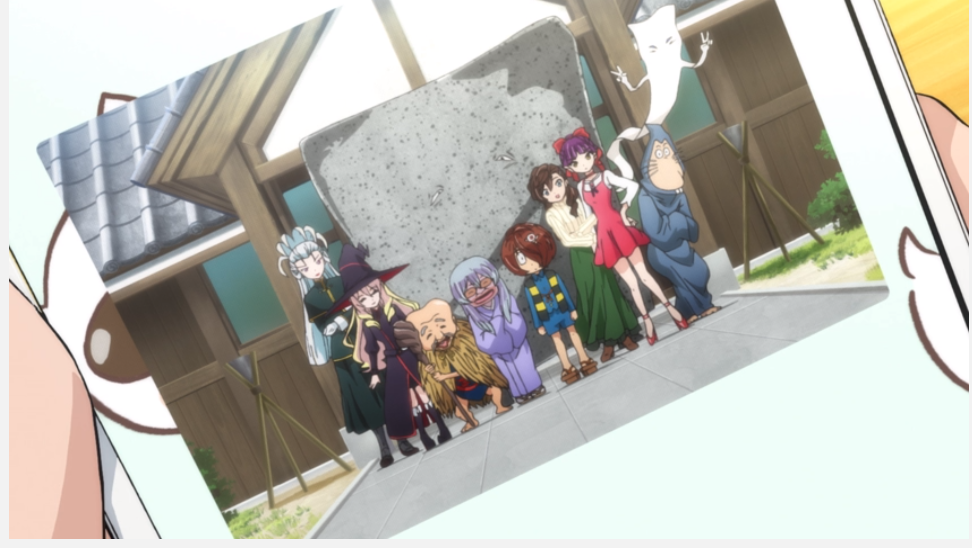Anime Review: Gegege no Kitaro (2018)
Two decades into the Twenty-First Century, most humans have lost the belief in yokai, folkloric monsters that exist on the fringes of the world. They can’t even see yokai. So when a Logan Paul-like video prankster accidentally unleashes a creature that turns humans into trees, the authorities are helpless not just to fight the problem, but even to understand it.

One small child, however, remembers his grandmother’s stories of the yokai and remembers that she told him of Gegege no Kitaro, a yokai boy that will help humans menaced by evil yokai. He and his neighbor children send a message, and Kitaro actually shows up! Mana Inuyama, an outspoken tween girl, appoints herself the spokesperson for the group and helps Kitaro track down the monster. In the process, she regains her belief in yokai and begins to be able to see them.
Despite Kitaro’s attempts to push her away for her own good (as yokai are functionally immortal, human/yokai relationships tend to involve heartbreak), Mana repeatedly becomes involved with yokai incidents and winds up being a good friend to Kitaro and his crew. Which is a good thing, because a particularly malevolent being has been interested in her from the beginning….
This latest animated adaptation of the perennially popular manga created by Shigeru Mizuki is well updated for modern times. Social media is often harmful (in the same way in-person gossip was used in earlier versions), especially when abused by the first season’s major villain Nanashi (“Nameless”), but it’s also a useful tool for the good guys and within its proper limits harmless to most people.
Most episodes are “monster of the week” format (yokai shows up, is problem or has problem, problem is resolved), but there are some that are tied into the major plot arcs, and a handful each half-season that are directly about the main plot. There’s a lot of humor leavening the horror plotlines, and some episodes are entirely comedy. It’s a kids’ show after all. But heavier themes are also examined. Racism is a recurring issue between humans and yokai, environmental destruction sends nature spirits on the rampage, and war comes up. In a particularly effective episode, Mana (and by extension the viewer) is gently informed that Japan was the aggressor in World War Two.
One episode in the second season is simultaneously a serious metaphor for exploited foreign labor and a 22-minute dick joke. Shakespeare would approve!
Mana, as the stand-in for the human children audience, is handled pretty well. The show gives us a fair number of episodes where she’s just a cameo, or absent altogether when the plot works better that way.
There is perhaps a bit too much of Nezumi-Otoko (Rat-Man), Kitaro’s oldest friend, who’s greedy, cowardly, filthy and generally a terrible person who constantly causes trouble. It stretches belief (even in-universe) that he and Kitaro are still friends. On the general subject of bad examples, the perviness of Nezumi-Otoko and some of the male characters towards young/underage women is treated as harmless comedy.
Most of the yokai are static characters, who have little to no development arc. (Guest characters can reform at the end of their episode.) They’re not very deep. One issue that does come up for Kitaro, increasingly so in the second season, is the conflict between his job of protecting humans and his loyalty to the yokai. Often, the human is the one at fault, and since Kitaro has no legal standing to punish them, the human gets off lightly at the end. And indeed, it is a human villain that sends Kitaro into his worst personal crisis.
As mentioned previously, this is a children’s show, and should be suitable for about ten years and up, but sensitive viewers may have difficulty with some of the themes and the occasional death. Parents may want to watch along. Overall, highly recommended.

